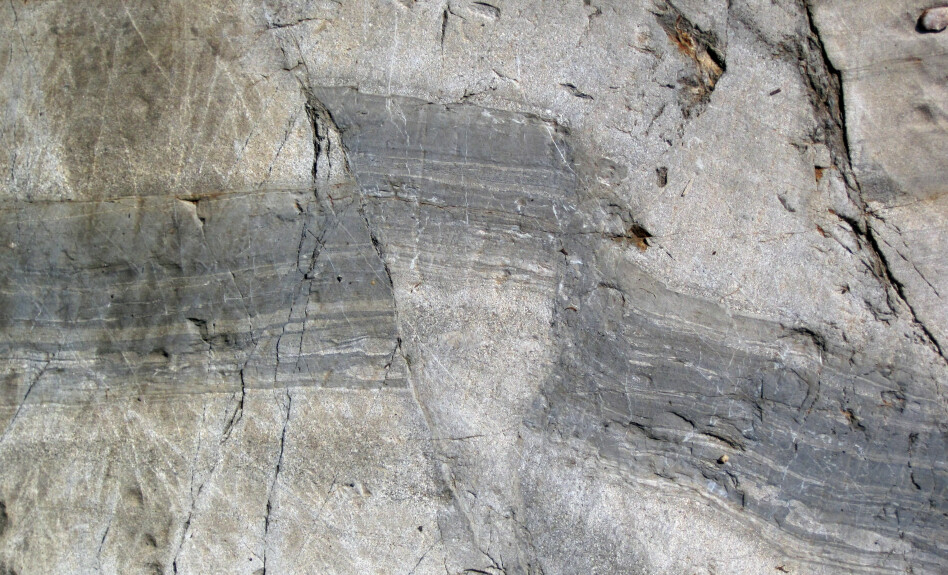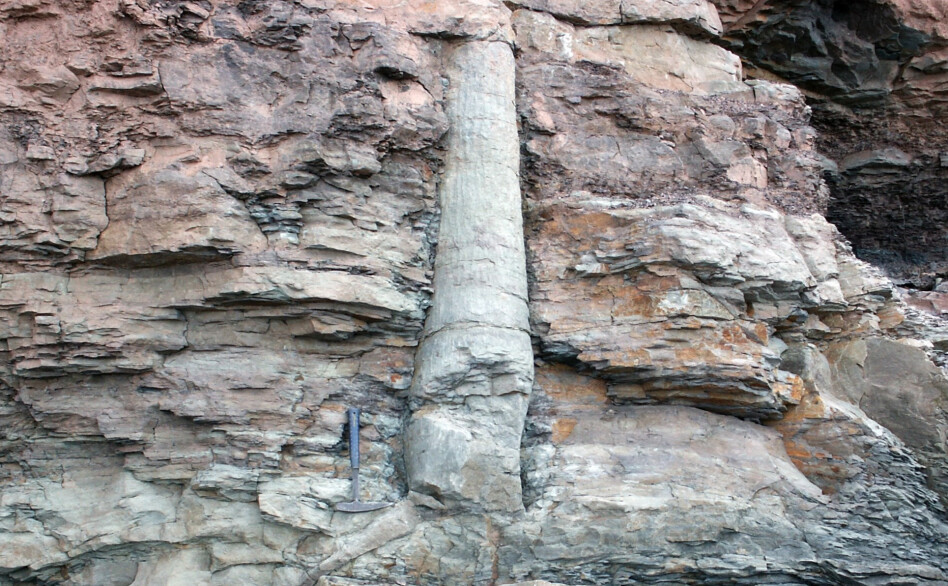
Was Noah's Flood global or local?
04.11.18 | FAQs, Old Testament
Read Time: 4 minutes, 50 seconds.
The most detailed account of Noah's Flood is given in the Book of Genesis. Here, there seems little doubt that the Flood had to be truly global and not just "global" in the minds of one minor tribe of people:
All the high hills under the whole heaven were covered…
the mountains were covered. And all flesh died…
All in whose nostrils was the breath of the spirit of life, all that was on the dry land, died. So He destroyed all living things…
the waters were on the face of the whole earth
- Gen. 7:19-23; 8:9
If these verses are referring to just a local flood, then Noah was a fool to have spent 120 years building an enormous vessel to save himself, his family, and the animals. It would have been far simpler to have moved out of the area. Jesus and Peter would also have to be equally as foolish since they both spoke of Noah and the Flood (Matt. 24:37; 2 Pet. 2:5; 3:1-10).
Moreover, after the Flood, God made a covenant promise with Noah and all mankind that the waters would never again become a flood to destroy all flesh (Gen. 9:11-15). There have been many local floods since, so either God has broken His covenant promise, or the Genesis Flood was global.
Other Flood Accounts

There are 138 other accounts of a great flood of long ago in the traditions of widely diverse cultures from around the world - one of the very oldest being in the Epic of Gilgamesh from 2100 BC (seen centered above). Even Native American tribes have flood accounts that predate European influence. The Delaware Indians tell a Flood story in the "Walam Olum" that begins with the world filled with evil because of the activity of an evil snake. A few people are saved from the Flood on an island called “Nana,” a name very similar to Noah.
Details vary, but the stories are all essentially the same. They relate how the gods were angry with humans and destroyed them all with a flood – but allowed one man, his family, and some animals to be saved. These accounts existed prior to the introduction of Christianity; they are well documented and rather difficult to explain unless the event actually happened.
The Rock Testifies
The physical evidence of the global nature of this Flood is abundant. The surface of the Earth consists mostly of sedimentary rocks, that is, layers of rock that were at one time sediment in water. These layers contain fossils, which are the remains of once-living creatures. It is now well known that many of these sedimentary layers extend in continuous bands, some of which encircle more than half the Earth. Clearly, this means that at some time in the past, half the earth's continental land masses were covered in water at the same time.
Seventeenth-century observers noted that layers of similar types of rock could be traced continuously from country to country across Europe. These rocks were correctly perceived to consist of sediments deposited from flood waters. The sediments contained the remains of once-living marine creatures and sometimes land creatures. At that time, no one knew the actual extent of those sedimentary layers, but it was certain that local rivers could not have provided all the flood water – the sea was the only possible source. Then, it was argued that the sediments resulted from sequential floods. In other words, they were deposited one after another from multiple floods by the sea.
However, for sea water to cover the land, either the sea waters rose or the land sank. Those offended by the biblical account of Noah and his Ark concluded that it was the land that must have sunk because rising sea waters would make any flood global. A major problem is that to this day, no one knows what possible mechanism or evidence there is for sinking and rising continents.
Geology textbooks show each stratum or layer cleanly separated from the layer beneath it. But on-site inspection will often show the two strata blending together at the interface. This is known as "interbedding" (see image below). The straightforward conclusion here is that strata were not laid down in sequence, with millions of years between one deposit and the next. Rather, they were laid down in rapid succession or even simultaneously. Laboratory work that is observable and repeatable has shown that simultaneous deposition under flood conditions does indeed leave stratified layers.

Unfortunately for the theory of evolution, the actual extent of the world's sedimentary layers is now known. For example, the Cretaceous limestone with its identifying index fossils extends in a continuous layer from Ireland to Australia via Europe and Russia. There is also a large area in the United States. Now referred to as the "persistence of facies," it is an irritant to believers in evolution and a good argument for one global flood.
Synclines and anticlines are cases where multiple layers of sedimentary rock are folded, accordion fashion, while the sharp bends show no signs of having been cracked. Clearly, these sedimentary layers were still soft and pliable while the bending took place and must, therefore, have been laid down simultaneously. This denies evolution's millions of years between layers.
Sometimes a fossilized tree trunk is found to pass through two or even three sedimentary layers (seen below), representing millions of years. This, too, denies the millions of years between layers.

Finally, the upper surface of a sedimentary layer is sometimes found to be absolutely flat over a considerable distance. If millions of years of evolution had actually taken place between this layer and the one above it, the surface would not be flat but marked by potholes and erosion gullies.
Belief in a global, catastrophic Flood isn't foolishness. It is Biblically sound, historically accurate, and scientifically verifiable.
Images: After the Flood (1867), Filippo Palizzi, PD, Wikimedia Commons. Manabozho in the flood, R. C. Armour, PD, via Wikimedia Commons. British Museum Flood Tablet (from the Epic of Gilgamesh), Photograph by Mike Peel (www.mikepeel.net)., CC BY-SA 4.0, Wikimedia Commons. Manu and Saptarishi, PD, Wikimedia Commons. Faulted interbedded metagraywacke-slate, James St. John, CC BY 2.0, Wikimedia Commons. Polystrate fossil (tree in rock layers), Michael C. Rygel, CC BY-SA 3.0, Wikimedia Commons.



